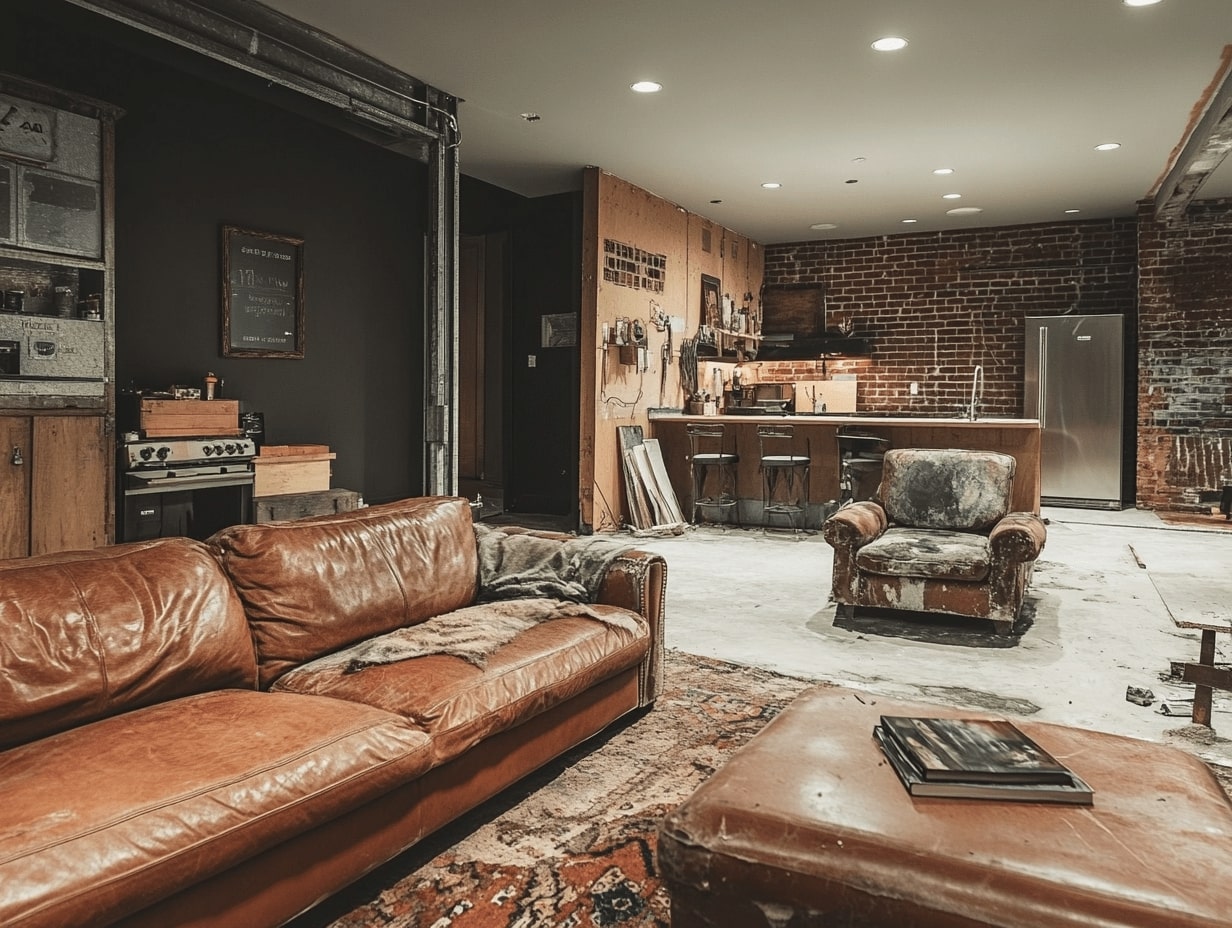- Home
- Articles
- Architectural Portfolio
- Architectral Presentation
- Inspirational Stories
- Architecture News
- Visualization
- BIM Industry
- Facade Design
- Parametric Design
- Career
- Landscape Architecture
- Construction
- Artificial Intelligence
- Sketching
- Design Softwares
- Diagrams
- Writing
- Architectural Tips
- Sustainability
- Courses
- Concept
- Technology
- History & Heritage
- Future of Architecture
- Guides & How-To
- Art & Culture
- Projects
- Interior Design
- Competitions
- Jobs
- Store
- Tools
- More
- Home
- Articles
- Architectural Portfolio
- Architectral Presentation
- Inspirational Stories
- Architecture News
- Visualization
- BIM Industry
- Facade Design
- Parametric Design
- Career
- Landscape Architecture
- Construction
- Artificial Intelligence
- Sketching
- Design Softwares
- Diagrams
- Writing
- Architectural Tips
- Sustainability
- Courses
- Concept
- Technology
- History & Heritage
- Future of Architecture
- Guides & How-To
- Art & Culture
- Projects
- Interior Design
- Competitions
- Jobs
- Store
- Tools
- More
Expert Tips for Choosing the Best Renovation Materials for Your Home
Discover expert tips for selecting the best renovation materials to ensure your home project enhances functionality, aesthetics, and sustainability. Learn how to prioritize essentials, manage budgets, and choose materials that balance quality with cost.

When it comes to home renovations, choosing the right materials can make all the difference between a lasting transformation and a costly disappointment. With countless options available, it’s easy to feel overwhelmed. But fear not—we’re here to guide you through the process with expert tips to help you make informed decisions.
Our homes are our sanctuaries, and every renovation project should enhance both functionality and aesthetics. Selecting the best materials is crucial for ensuring durability and achieving the desired look. Whether you’re updating a kitchen, revamping a bathroom, or giving your living space a fresh makeover, understanding material quality and suitability is essential.
In this article, we’ll delve into key considerations for choosing renovation materials. From assessing durability to evaluating sustainability, our expert insights will empower you to make confident choices that align with your vision and budget. Let’s embark on this renovation journey together, making your dream space a reality.

Table of Contents
ToggleUnderstanding Your Renovation Needs
Identifying renovation needs forms the foundation of material selection. Functionality and aesthetics guide our choices, affecting costs and project outcomes. Distinguish between needs and wants to focus on essentials. For example, updating outdated plumbing may prioritize over adding decorative features. Assess current space conditions, noting any structural issues or wear. This helps prioritize repairs and improvements, ensuring a functional and safe environment. Consider future usage, as materials must withstand expected wear. In a kitchen remodel, durable countertops and cabinetry take precedence due to frequent use. Budget constraints influence priorities; allocate funds to crucial updates first. Staying within budget limits unnecessary expenses, facilitating smooth execution.
Budgeting and Planning
Effectively managing budgets and plans ensures that renovations stay on track and align with financial realities. Careful preparation forms the cornerstone of creating functional and aesthetic spaces.
Estimating Costs
Identifying all potential expenses allows us to allocate funds efficiently. Start by listing major components like labor, materials, and permits. Use pricing guides or consult professionals to get accurate estimates for each item. Consider adding a contingency of around 10-15% for unexpected costs to avoid budgetary surprises.
Prioritizing Projects
Focusing on high-impact areas maximizes value within a budget. Identify critical updates that increase functionality or safety first. For instance, address electrical wiring or plumbing before decorative changes. If choosing between projects, opt for those that improve daily living conditions, ensuring essential upgrades receive funding before supplementary enhancements.

Exploring Material Options
Selecting the appropriate materials for renovations is crucial. We’ll examine sustainable materials along with high-quality versus cost-effective options.
Sustainable Materials
Sustainable materials play a significant role in eco-friendly renovations. Bamboo and reclaimed wood are popular due to their renewability and unique aesthetic appeal. Recycled metal and glass also make excellent choices, as they reduce landfill waste while maintaining durability. These materials not only lessen the environmental impact but often enhance indoor air quality. Incorporating sustainable options can lead to long-term cost savings and energy efficiency.
High-Quality vs. Cost-Effective Options
Balancing quality and cost-effectiveness often presents a challenge. Durable, high-quality materials tend to offer long-lasting value, reducing repair and replacement needs. For example, solid wood countertops provide resilience but come at a higher price. Alternatively, engineered wood offers a cost-effective solution while mimicking aesthetics. Weighing upfront costs against longevity and maintenance can help in choosing the right option. Comparing warranties and researching supplier reputation further ensures informed decision-making.
Consulting with Professionals
Engaging with professionals can significantly impact the quality of your renovation project. Their experience ensures materials are chosen for both functionality and aesthetics.
Finding the Right Experts
Choosing the right expert is crucial. Start with seeking referrals from friends or family who’ve completed similar projects. Research online reviews and ratings to assess reliability and past work quality. Verify credentials, checking for licenses and relevant certifications. Meeting potential contractors or designers in person helps gauge compatibility and communication skills, ensuring a smooth workflow.
Importance of Expert Opinions
Expert opinions guide us through material selection by offering valuable insight into quality and performance. Professionals evaluate materials based on specific needs and project goals. They help identify potential issues before they escalate, saving time and money. Experts provide advice on blending new materials with existing elements, maintaining aesthetics and functionality. Access to industry-specific sources often allows them to recommend premium materials at competitive prices.

Comparing Material Samples
Exploring material samples is essential in renovation projects, allowing us to assess quality, aesthetics, and durability. It’s crucial to make informed decisions for lasting renovations.
Conducting Quality Tests
Testing material samples helps verify durability and performance. To assess structural integrity, we can perform scratch tests on surfaces like countertops or flooring. Observing for chipping or wear provides insight into resilience. Next, we may conduct water resistance tests for materials such as tiles and paint finishes by exposing them to moisture to gauge potential damage. Evaluating how materials respond to common stressors ensures they meet functional needs.
Evaluating Aesthetics and Durability
Aesthetic appeal influences the overall look and feel of a space. Comparing samples in natural and artificial light reveals how colors and textures complement design themes. In addition, touching various samples helps distinguish between textures, from smooth to rough finishes. Durability assessments measure longevity by reviewing manufacturer specifications and warranties. We look for indications of how materials withstand wear over time, aligning choices with both aesthetic and practical considerations.
Conclusion
In the realm of home renovation, selecting the best materials is pivotal for both functionality and aesthetics. We’ve explored critical aspects, from understanding renovation needs to budgeting effectively and choosing the right materials. Prioritizing essential updates and considering sustainability provide a solid foundation for any project. Consulting professionals helps refine choices, while comparing material samples ensures both quality and visual appeal. These expert tips guide homeowners in creating spaces that reflect both personal style and practical needs, boosting overall satisfaction with the renovation outcome.
- budget renovation materials
- building materials for home
- comparing renovation materials.
- durable home materials
- essential renovation materials
- exterior renovation materials
- home improvement materials
- innovative renovation materials
- interior renovation materials
- luxury renovation materials
- modern renovation materials
- quality renovation materials
- reliable renovation materials
- renovation materials advice
- renovation materials expert
- renovation planning materials
- renovation project materials
Submit your architectural projects
Follow these steps for submission your project. Submission FormLatest Posts
8 Essential Web-Based Mapping Tools for Modeling Sea Level Rise and Flood Impacts
As climate change accelerates, flood risk and sea level rise have become...
How Sydney’s Architecture Responds to Climate, Light, and Lifestyle
Sydney’s architecture has never been driven by form alone. It evolves through...
Shipping Containers as Functional Infrastructure on Construction Sites
Construction sites are temporary by definition, yet the systems that support them...
Understanding Site Safety Footwear in Architectural Practice
Architecture is often discussed through drawings, models, and finished buildings, yet a...












Leave a comment